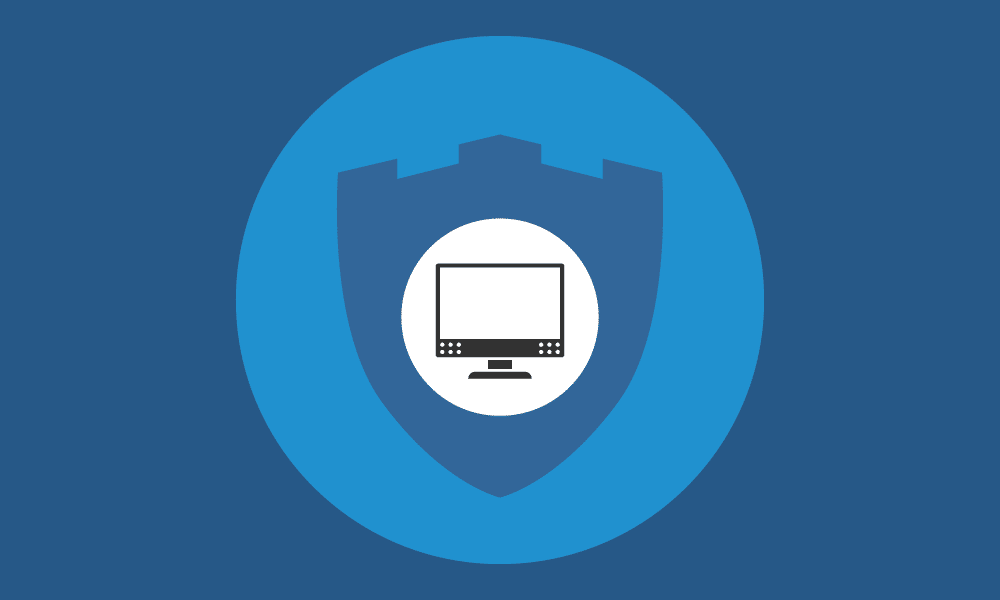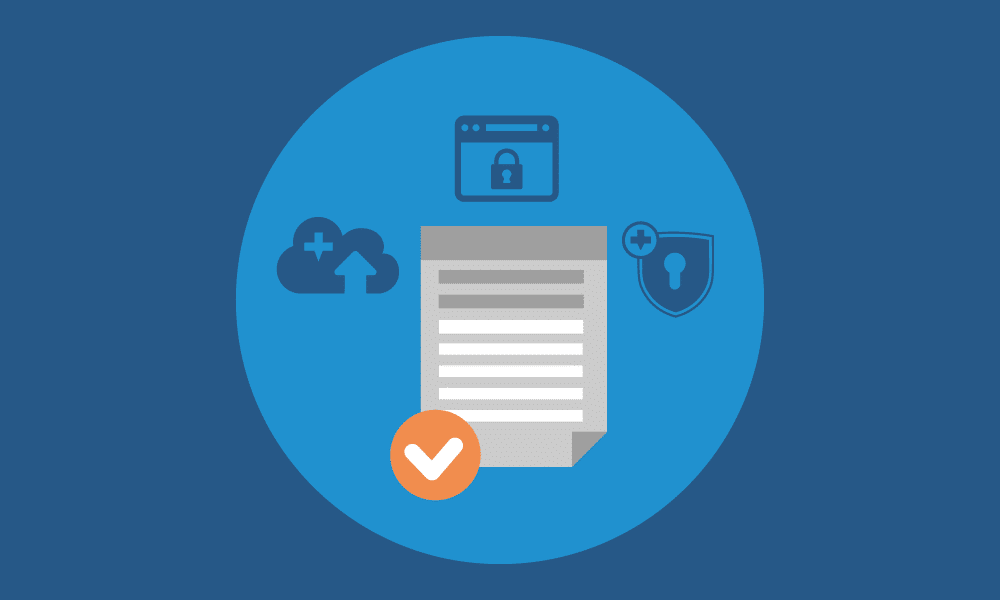Hosted desktops are basically Windows desktop operating systems that you access via the Internet. You can do anything with them that you can do with a locally-installed desktop OS. For example, running applications, storing files, browsing the Internet, and sending and receiving email.
These desktops also retain any changes you make to them. So, when you log out and then log back into your desktop, it will still have all of the same applications, files, and settings on it as when you logged out.
They can be accessed from any Internet-connected device, including the following:
- Windows, Mac OS X, and Linux PCs
- Android and iOS tablets
- Smartphones
- and Thin Clients
Why You Need a Hosted Desktop Provider
To sign up for hosted desktops, you just have to contact an IT hosting company (like IronOrbit) and ask them to deploy hosted desktops for your business.
The desktop provider will install and host the desktop OSes on its servers. You’ll be billed for these desktops on a monthly, per-user basis.
Some hosting companies, including IronOrbit, include management and support services. This includes monitoring, security, disaster recovery, and technical support with their hosted desktops by default. Other hosting companies leave it to the customer to manage and support their own desktops.
Why Hosted Desktops Are Perfect For Small Businesses
Many small businesses don’t have a centralized IT infrastructure—they just have some unlinked PCs, a WiFi router, and a printer. And they may also make use of cloud-based solutions such as SaaS CRMs, project management software, PoS systems, and online data storage services.
They do this mainly because they don’t see the point of having a formal, centralized IT infrastructure, especially if they are struggling just to stay in business, or because they can’t afford to set one up.
Small businesses that have their own centralized IT infrastructures, meanwhile, usually have a few servers for locally-hosted applications, email, and file storage. And also one or more IT employees to manage and support it all.
An onsite, centralized IT infrastructure like this can make a small business’s IT easier to manage and increase the security of its data and the reliability of its applications, but it can also add tens of thousands of dollars per year in IT hardware and personnel costs.
Here are the main advantages for small businesses of signing up for hosted desktops and using it as their primary, centralized IT infrastructure, instead of either not having a centralized IT infrastructure or maintaining an onsite IT infrastructure:
The main benefits for small businesses signing up for hosted desktops include:
Increased reliability

With hosted desktops, you should be able to access your applications and files at all times. They usually have less downtime than IT assets that small businesses manage or host themselves since most hosting companies have their engineers monitor and maintain them 24x7x365.
Increased security

Hosted desktops are highly secure since they remain on the hosting company’s servers at all times. Which prevents security breaches from occurring as a result of end-user devices that have been lost, stolen, or hacked.
In addition, the hosting company protects them with advanced security measures such as enterprise-level firewalls, IDS/IPS, gateway antivirus, enterprise-level spam, and content filters, and 24x7x365 security monitoring.
Compliance with data security and records management regulations

Many hosting companies offer customized hosted desktops that are designed to comply with regulations such as HIPAA, PCI DSS, and SOX.
If you need to comply with one or more of these regulations, it’s usually much easier to just sign up for a customized, compliant hosted desktop. This is better than to attempt to implement the necessary security or records management measures yourself. That’s whether an onsite or self-managed IT infrastructure.
Increased accessibility

Hosted desktops can be accessed from anywhere with any Internet-connected computer, tablet, smartphone, or thin client.
Among other things, this allows small business employees to access their application and files as they move about their workplace.
Employees at a small retailer, for example, can access their ERP or PoS from a tablet as they assist customers in the aisles of the store. There’s no need to run over to a cash register.
And to access their applications and files from anywhere outside the office, including from home or when they’re traveling or performing services “in the field.”
Increased scalability

Hosted desktops can be deployed, scaled up and down, and decommissioned more easily, quickly, and cost-efficiently. It’s the better choice to physical PCs and servers.
You can add or delete hosted desktops to or from an existing hosted desktop deployment. Moreover, you can increase or decrease the amount of vCPUs and RAM. And also manage data storage of each hosted desktop at any time.
The scalability of hosted desktops allows small businesses to quickly add new desktops as they grow and hire new employees. Plus, if the growth turns out to be temporary, they can just delete the desktop. It means you don’t have to remain stuck with unused hardware and software.
Lower IT costs

Hosted desktops cost less than the typical IT setups of small businesses because they don’t require any long-term investments in expensive hardware or the hiring of any additional IT employees.
They can be accessed from low-cost devices such as thin clients and old or refurbished PCs. They’re also easy to access using employees’ personal devices. Also, they’re better protected from expensive security breaches and downtime and data loss incidents.
Less IT management hassles

If your hosted desktop provider includes management and support services with its desktops by default then you obviously don’t have to worry about managing and supporting your hosted desktops yourself.
The hosting company will maintain the performance, security, and reliability of your desktops for you; regularly back up all of your data; and help you troubleshoot any problems that you have with your desktops.


